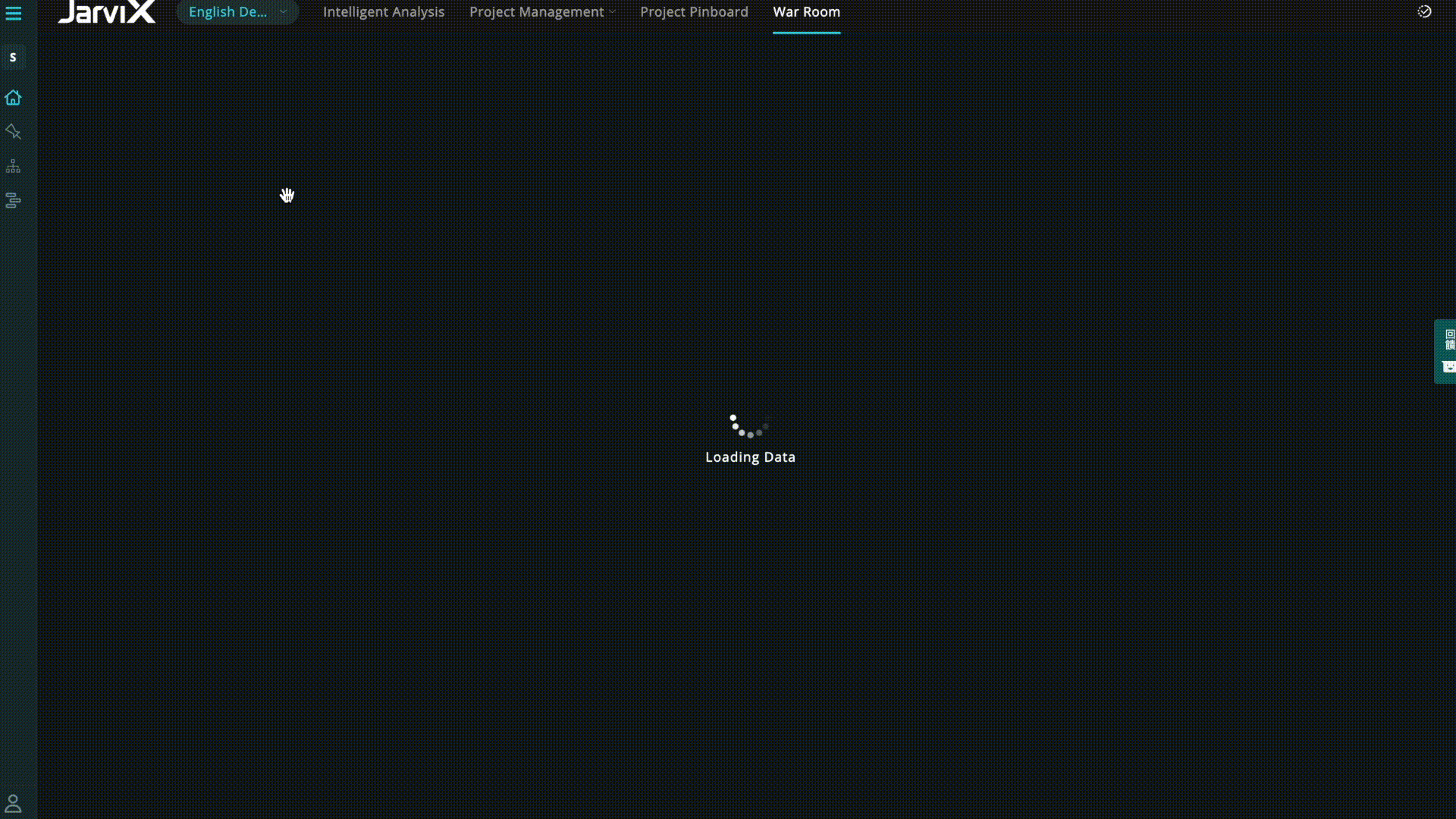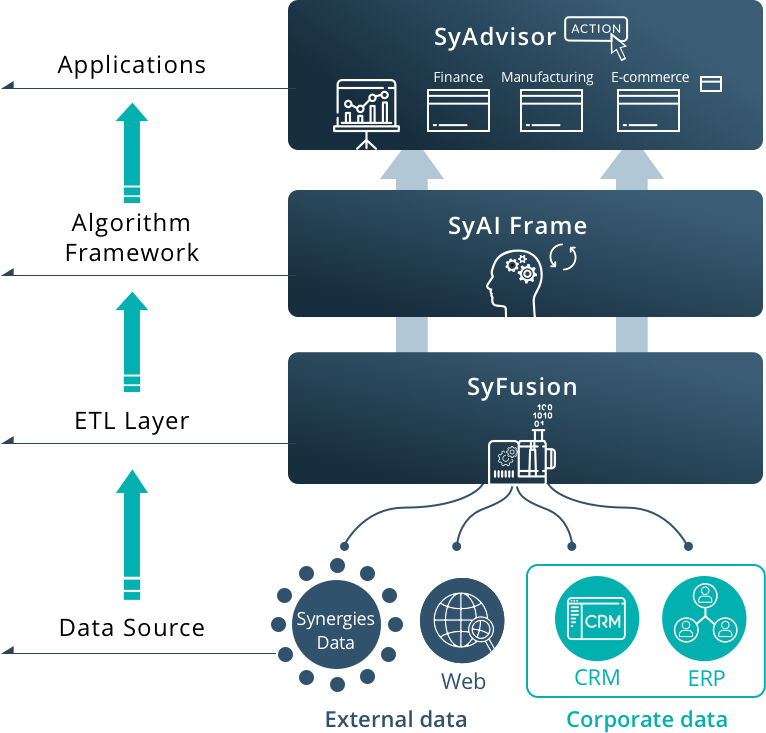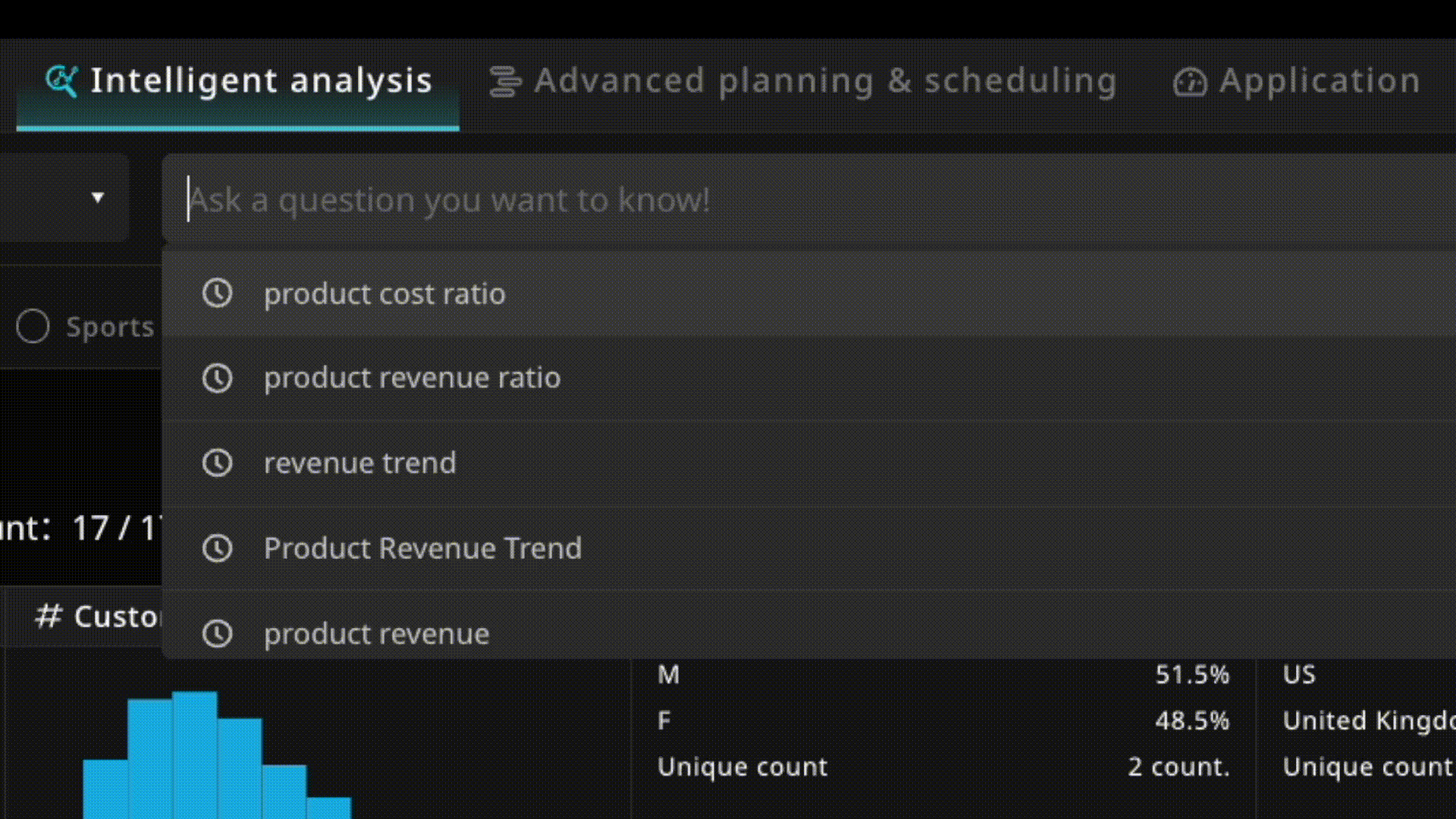JarviX Adv. Quality Management Architecture
The manufacturing industry faces challenges from various factors, such as international situations, geopolitical changes, supply chain fluctuations, and shifts in end-user demand. This has resulted in the need for frequent simulations and adjustments in supply chain planning, production planning, and scheduling. The key objectives of planning and scheduling systems include accuracy, real-time performance, executability, and integration.
Traditionally, planning and scheduling processes were mostly done manually or through ERP modules, but these methods often resulted in long processing times, limited constraints, and inflexible ERP systems. To address these issues, many software companies have developed APS (Advanced Planning & Scheduling) software as a stand-alone solution for planning and scheduling.
The challenge lies in considering multiple constraint factors and obtaining the best solution that aligns with the enterprise's production and sales strategies under production constraints. With intelligent scheduling systems, enterprises can improve their ability to respond to challenges and use them as a solution and tool for production and sales, supply chain, detailed scheduling, MRP, and procurement and inventory management.
 Contact us
Contact us













